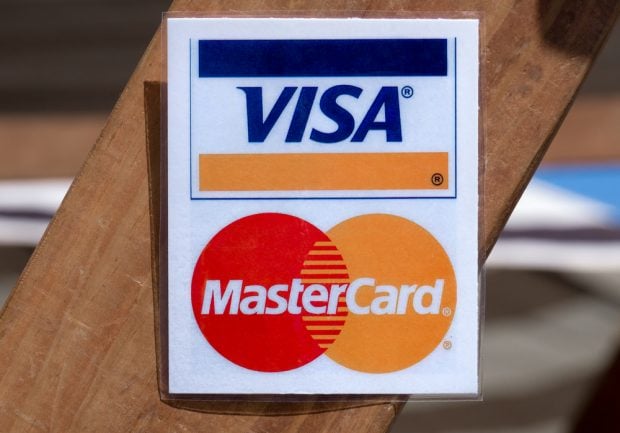A study released Tuesday by the MerchantPayment Commission, a trade group organized to lower debit andcredit card interchange, said consumers saved $5.8 billion throughprices lowered by lower interchange fees.
|The study, conducted by economist Robert Shapiro, co-founder of Sonecon LLC in Washington, D.C.,arrived at the figure by taking the overall reduction in debitinterchange fees in 2012, the first year of the cap ($8.5 billionaccording to the Federal Reserve) and dividing it, 69% towardconsumer savings with 31% toward retailer retention.
|Those calculations yielded $5.86 billion theoretically saved byconsumers and $2.64 billion held by retailers, Shapiro said.
|Shapiro drew that ratio from what he said had been awide-ranging 2009 study of how merchants behave when theyexperience a reduction in fixed costs. On average, Shapirosaid, 69% of the savings went to lower prices while merchants kept31% of the savings.
|“This was an extremely wide-ranging study,” Shapiro said Tuesdayin a press call. “It involved something like 27,000 retail sitesand was very detailed.”
|Shapiro also said he considered the 60% lower price ratio to be“conservative” because of the types of costs being measured in the2009 study.
|The study looked at how retailers respond to promotions andchanges to fixed costs, Shapiro explained. Since not all thepromotions were considered permanent changes to cost, though somewere, there was a mixed reaction in that study. I think it's verypossible that the interchange cap resulted in greater savings, headded.
|Predictably, the MPC expressed delight and support for thestudy.
|“The facts are in and the numbers don't lie. Debit reform ishelping consumers, and both consumers and the economy are bigwinners,” said MPC Chairman Mallory Duncan, senior vice presidentand general counsel of the National Retail Federation. “Debit cardswipe fees are eating up less of consumers' purchasing power, andthat has yielded significant savings. These are long-term benefitsthat will steadily boost the U.S. economy.”
|NAFCU disagreed in a statement it issued later Tuesday.
|“After two years with the Durbin Amendment, retailers arereaping $8 billion in rewards while there is still no proof of anysavings being passed along to consumers. In fact, consumer priceshave continued to rise despite claims to the contrary,” said CarrieHunt, NAFCU's general counsel and senior vice president ofgovernment affairs.
|She pointed to a 2013 study from the Federal Reserve that noteda 4% decline from the 45 cents per transaction average interchangefees for exempt users (institutions under $10 billion in assets) inthe first nine months of 2011.
|“Credit unions also reported in many cases that the fees are notsufficient to cover the costs of processing additionaltransactions,” NAFCU said.
Complete your profile to continue reading and get FREE access to CUTimes.com, part of your ALM digital membership.
Your access to unlimited CUTimes.com content isn’t changing.
Once you are an ALM digital member, you’ll receive:
- Critical CUTimes.com information including comprehensive product and service provider listings via the Marketplace Directory, CU Careers, resources from industry leaders, webcasts, and breaking news, analysis and more with our informative Newsletters.
- Exclusive discounts on ALM and CU Times events.
- Access to other award-winning ALM websites including Law.com and GlobeSt.com.
Already have an account? Sign In
© 2024 ALM Global, LLC, All Rights Reserved. Request academic re-use from www.copyright.com. All other uses, submit a request to [email protected]. For more information visit Asset & Logo Licensing.









